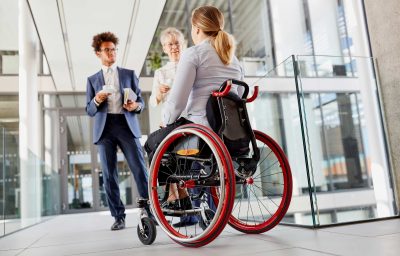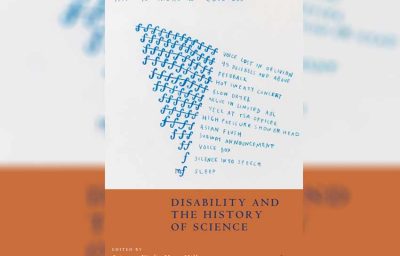
Disasters can strike suddenly, leaving communities weak and in vital need of assistance. Among those most at danger during such crises are the disabled elderly population. It is imperative to have healthy strategies in place to confirm their safety and well-being during emergencies. This article explores various approaches and starts aimed at saving disabled elderly individuals during disasters.
Understanding the Vulnerabilities
Disabled elderly individuals face unique challenges during disasters due to their limited mobility and necessity for others for support. Factors such as reduced vision, hearing loss, or knowledgeable decline can further impair their weaknesses in emergencies.
Preparation and Planning
One of the key strategies for releasing disabled elderly during disasters is positive preparation and planning. Communities and caretakers should develop complete emergency plans that address the specific needs of this demographic. This includes identifying clearing routes, launching communication protocols, and ensuring access to essential supplies and medications.
Communication Strategies
Effective communication is vital for coordinated rescue efforts and providing assistance to disabled elderly individuals. Using multiple channels such as text alerts, social media, and community networks can help distribute critical information and orders during emergencies.
Technological Solutions
Advancements in technology offer innovative solutions for rescuing disabled elderly during disasters. GPS following devices, mobile apps, and remote monitoring systems, along with specialized equipment like electric wheelchair, can help locate and contribute to individuals in need, even in inaccessible or remote areas.
Mobility and Transportation
Mobility disability can pose significant challenges for disabled elderly individuals during disasters. Communities should implement strategies to address transportation barriers, such as providing accessible vehicles or coordinating with local transportation services to facilitate safe evacuation.
Shelter and Accommodation
Providing right shelter options for disabled elderly individuals is crucial during disasters. Evacuation centers should be equipped with accessible facilities and trained staff to accommodate the needs of this demographic, including wheelchair ramps, medical supplies, and specialized care services.
Psychological Support
Disasters can have a deep impression on the mental well-being of disabled elderly individuals. It is essential to provide mental support and psychotherapy services to help lighten stress and worry during and after emergencies.
Community Involvement
Community support plays an energetic role in freeing disabled elderly individuals during disasters. Helpers and neighbors can assist with evacuation efforts, provide emotional support, and help ensure that no one is left behind during disasters.
Training and Education
Educating caregivers, volunteers, and emergency responders on best practices for supporting disabled elderly individuals is important. Training programs should cover topics such as communication strategies, mobility assistance, medical care, and psychological support.
Access to Medical Assistance
Ensuring access to medical care and medications is top for the health and well-being of disabled elderly individuals during disasters. Emergency response teams should order medical help, including access to specialized kit like stair climber wheelchair, and establishing passing healthcare facilities in affected areas.
Legal and Ethical Considerations
Liberating disabled elderly individuals during disasters raises important legal and good thoughts. Emergency responders must follow protocols and guidelines to ensure the safety and dignity of those they assist, while also respecting individual self-sufficiency and rights.
Government Policies and Initiatives
Governments play a critical role in supporting saving efforts for disabled elderly individuals during disasters. This includes applying policies and initiatives to improve preparedness, provide funding for emergency response programs, and apply regulations to safeguard the rights of vulnerable populations.
Case Studies
Examining real-life case studies can offer valuable insights into effective rescue strategies for disabled elderly individuals. By studying past skills and learning from positive rescue operations, communities can better make for future emergencies and enhance their response skills.
Conclusion
In conclusion, disabled elderly individuals during disasters requires a compound approach that addresses their unique needs and challenges. By arranging preparation, communication, access to medical care, and community connection, communities can improve their ability to respond effectively to emergencies and ensure the safety and well-being of all residents, regardless of age or ability.








